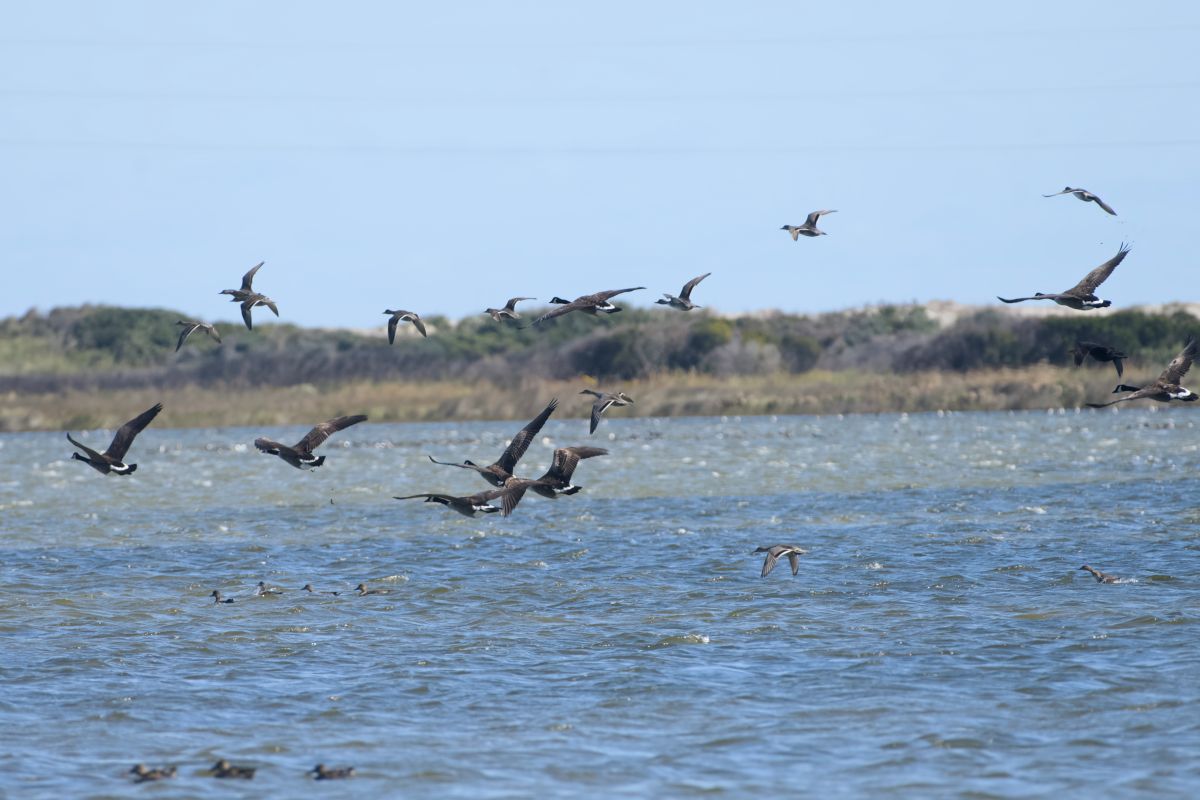News from our publisher
“Stories From the Coast” is a video series produced by the North Carolina Coastal Federation’s communications team, which operates independently from the Coastal Review editorial staff.
Every year in October, the state celebrates North Carolina Oyster Month. The oyster industry in North Carolina has been steadily growing in recent years to make the industry worth $100 million by 2030. To help reach that goal, local oyster growers are trying new ways to expand their farms.
Supporter Spotlight
Oysters are a fundamental species in estuaries, providing significant benefits to the ecosystem.
“Oysters are great for everybody, they are great for the economy, they are great for water quality and habitat, and they are great for the palate. So, the more, the better,” says Ana Živanović-Nenadović, chief program director with the North Carolina Coastal Federation.
It was with that idea that the North Carolina Coastal Federation and partner groups came together to devise a plan to expand the oyster industry.
“This plan set a very ambitious goal for the state to grow the market value of its shellfish mariculture to $100 million by 2030.”
To reach that lofty goal within the next seven years, it takes oyster growers like Katherine McGlade of Slash Creek Oysters. But growing oysters is a labor-intensive process, which McGlade says means it can be tough to expand your business.
Supporter Spotlight
“I was at a very frustrating point I had a lot of demand, and I worked hard to develop a good network of customers that wanted more oysters, but I was having difficulty scaling up,” says McGlade.
Now McGlade is testing out a new system called FlipFarm, which she hopes will help her keep up with that demand.
“It seemed like it solved so many of the issues I was having on my farm.”
The FlipFarm is designed to not let the oyster cages get tangled up or flipped over by the wind, which can happen with traditional cages, and McGlade says this system takes away some of the more strenuous work involved with oyster farming.
“With the attachments for filling and emptying, the oysters come up out of the water in the baskets and then it comes to waist high, you never have to lift them, you never have to bend down to put them in the water, everything happens where your body is in a good strong neutral position.”
While she is just using this equipment on part of her farm, McGlade says she’s excited at how well it’s working and what this could mean for growing her business.
“I think it could make a huge difference in terms of the small farmer producing more oysters with less labor ’cause that’s the name of the game.”
Oyster farmers in another region of the state will also be getting a helping hand soon in the form of a facility that could provide growth opportunities as well.
“A shellfish aquaculture hub, this hub is a facility that once built will provide the growers with critical logistical infrastructure like state-of-the-art refrigeration and storage room for the product, a place to work, a place to store their gear, and equally important a place to work together and collaborate.”








